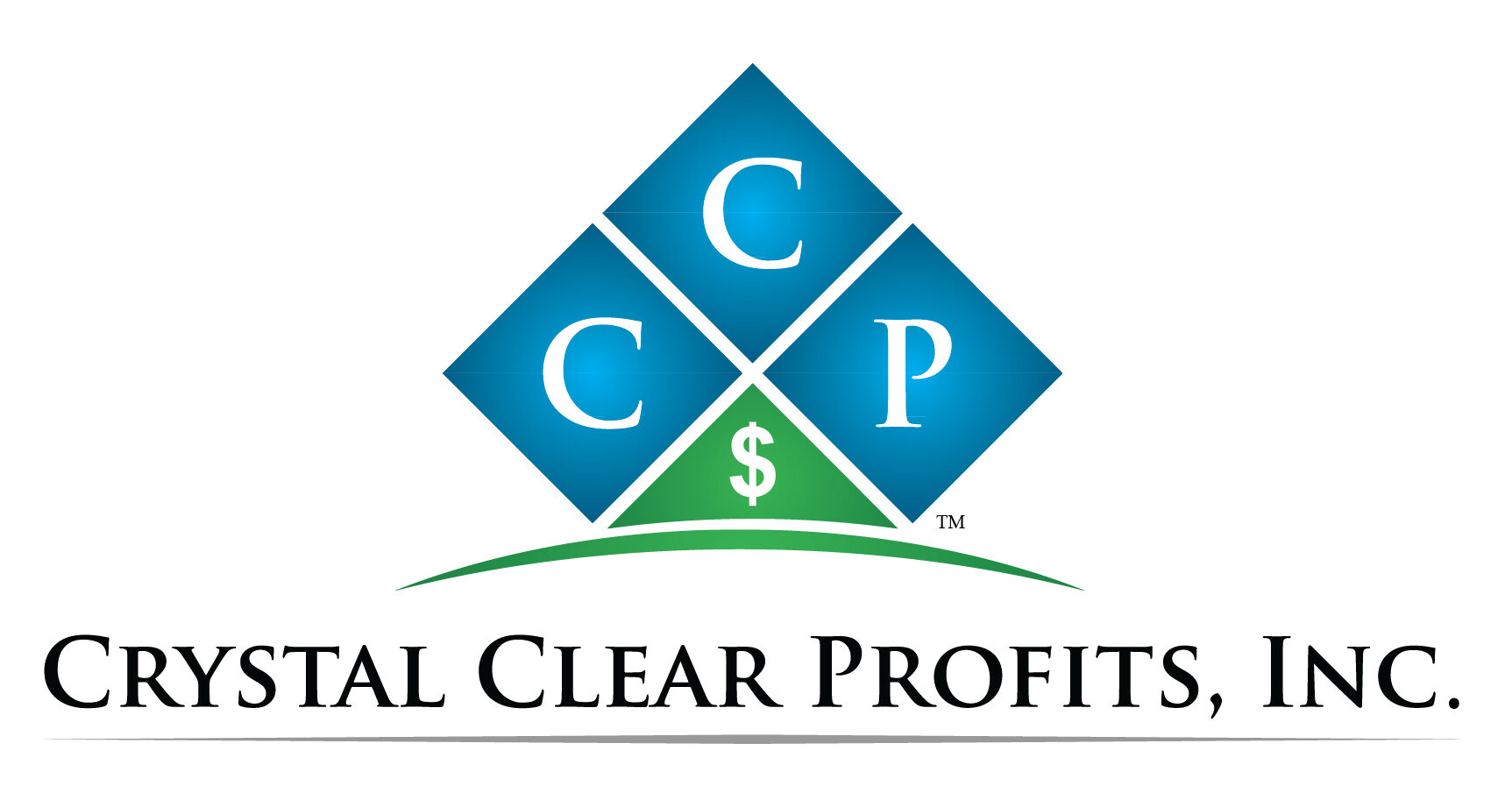The Corporate Transparency Act (“CTA”) was enacted January 1, 2021, as part of the National Defense Authorization Act, representing the most significant reformation of the Bank Secrecy Act and related anti–money laundering rules since the U.S. Patriot Act. The CTA is intended to address and guard against money laundering, terrorism financing, and other forms of illegal financing by mandating certain entities (primarily small and medium size businesses) to report “beneficial owner” information to the Financial Crimes Enforcement Network (“FinCEN”).
The CTA authorizes FinCEN, a bureau of the U.S. Treasury Department, to collect, protect, and disclose this information to authorized governmental authorities and to financial institutions in certain circumstances.
What entities are subject to the new CTA reporting requirements?
Entities required to comply with the CTA (“Reporting Companies”) include corporations, limited liability companies (LLCs), and other types of companies that are created by a filing with a Secretary of State (“SOS”) or equivalent official. The CTA also applies to non-U.S. companies that register to do business in the U.S. through a filing with a SOS or equivalent official. Since the definition of a domestic entity under the CTA is extremely broad, additional entity types could be subject to CTA reporting requirements based on individual state law formation practices.
There are a number of exceptions to who is required to file under the CTA. Many of the exceptions are entities already regulated by federal or state governments and as such already disclose their beneficial ownership information to governmental authorities.
Another notable exception is for “large operating companies” defined as companies that meet all of the following requirements:
- Employ at least 20 full-time employees in the U.S.
- Gross revenue (or sales) over $5 million on the prior year’s tax return
- An operating presence at a physical office in the U.S.
Who is considered a “beneficial owner” of a Reporting Company?
A beneficial owner is any individual who, directly or indirectly, exercises “substantial control” or owns or controls at least 25% of the company’s ownership interests.
An individual exercises “substantial control” if the individual (i) serves as a senior officer of the company; (ii) has authority over the appointment or removal of any senior officer or a majority of the board; or (iii) directs, determines, or has substantial influence over important decisions made by the Reporting Company. Thus, senior officers and other individuals with control over the company are beneficial owners under the CTA, even if they have no equity interest in the company.
In addition, individuals may exercise control directly or indirectly, through board representation, ownership, rights associated with financing arrangements, or control over intermediary entities that separately or collectively exercise substantial control.
CTA regulations provide a much more expansive definition of “substantial control” than in the traditional tax sense, so many companies may need to seek legal guidance to ultimately determine who are deemed beneficial owners within their organization.
Phase-in of reporting requirements
As currently promulgated, the CTA’s reporting requirements will be phased-in in two stages:
- All new Reporting Companies — those formed (or, in the case of non-U.S. companies, registered) on or after January 1, 2024 — must report required information within 90 days after their formation or registration.
- All existing Reporting Companies — those formed or registered before January 1, 2024 — must report required information no later than January 1, 2025.
Is your company subject to the CTA or do you qualify for any of the exemptions? If you have questions, you can book a call here.
